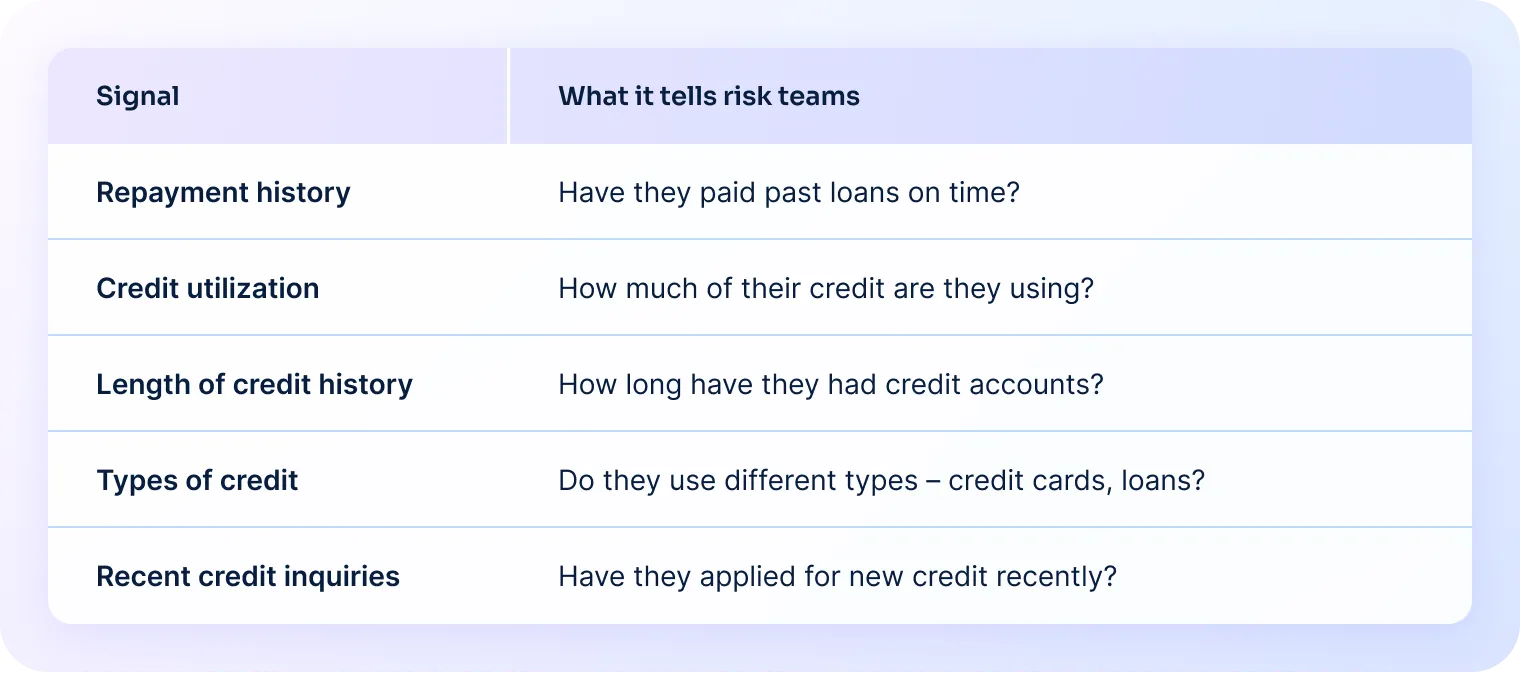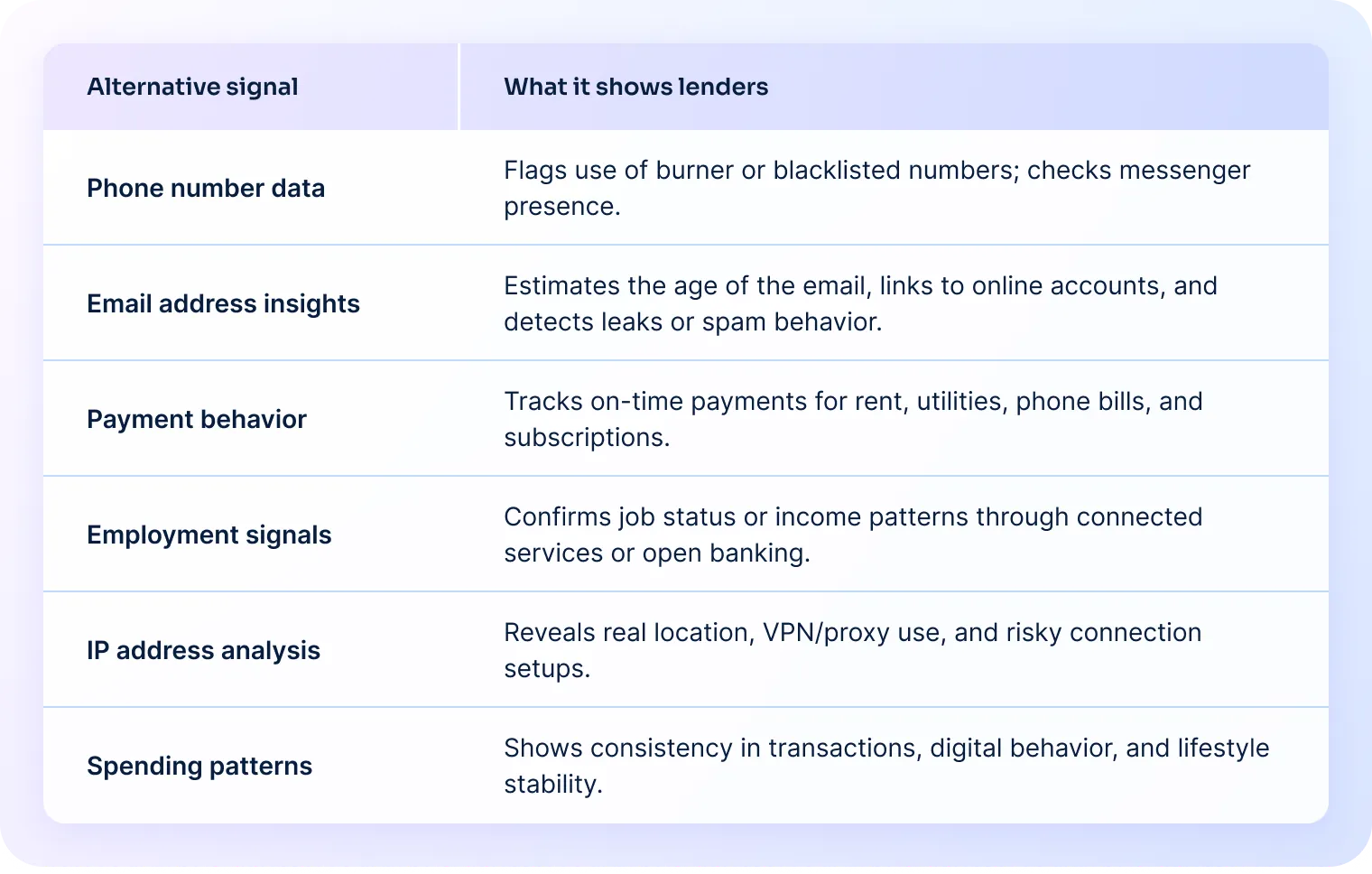Learn what creditworthiness means and how lenders use the term to assess trust and financial risk.

About 71% of Americans have a FICO score of 670 or higher, meaning they are likely to get approved for loans. Around 22% even have “exceptional” scores above 800.

But nearly 1 in 4 people fall into the “poor to fair” range, making application approvals harder.
That’s why understanding creditworthiness is so important. It helps explain how lenders decide whom to trust and why.
Creditworthiness means how trustworthy someone is when it comes to borrowing money. In other words, it shows how likely they are to repay a loan on time.
Lenders use this term when approving loans, setting interest rates, or offering credit. It helps them avoid financial risk and choose reliable borrowers.
A creditworthiness assessment is needed for analyzing financial behavior, credit data, and other risk indicators. This helps credit providers determine approvals and terms more accurately and fairly.
During a credit risk assessment, risk managers often look at the following signals:

Credit scores and reports help, but they don’t tell the full story of what creditworthiness is based on.
Relying on them alone can leave gaps in understanding someone’s real financial behavior.
Here’s why:
Not everyone has a long credit history.
Some people are young, new to a country, or just haven't used credit much.
Some avoid credit by choice.
They pay rent, phone bills, and other expenses on time, but don’t have credit cards or loans.
Recent life changes don’t always show up.
A raise, a new job, or a big move might not be reflected in credit reports right away.
These gaps make it harder to fairly assess applicants, especially with limited or no credit history. That’s where other types of data can help.
Alternative creditworthiness assessment relies on non-traditional data like online behavior, device use, etc. Altogether, such digital footprint assessment gives lenders a clearer picture of an applicant’s real financial habits.
Using alternative data for credit scoring offers valuable context for evaluating borrowers with limited or no credit history. It goes far beyond what traditional reports can show.

Creditworthiness is a key part of every lending decision. It helps lenders understand risk, build fairer credit models, and approve loans more responsibly.
By combining traditional signals with alternative data providers, lenders can fill gaps and spot hidden risks. This also makes credit services more inclusive for people from all financial backgrounds.